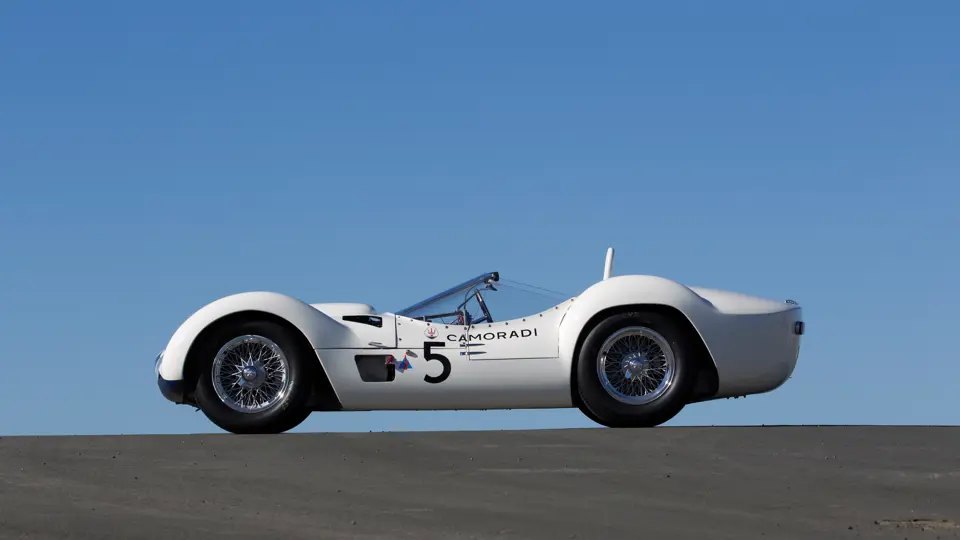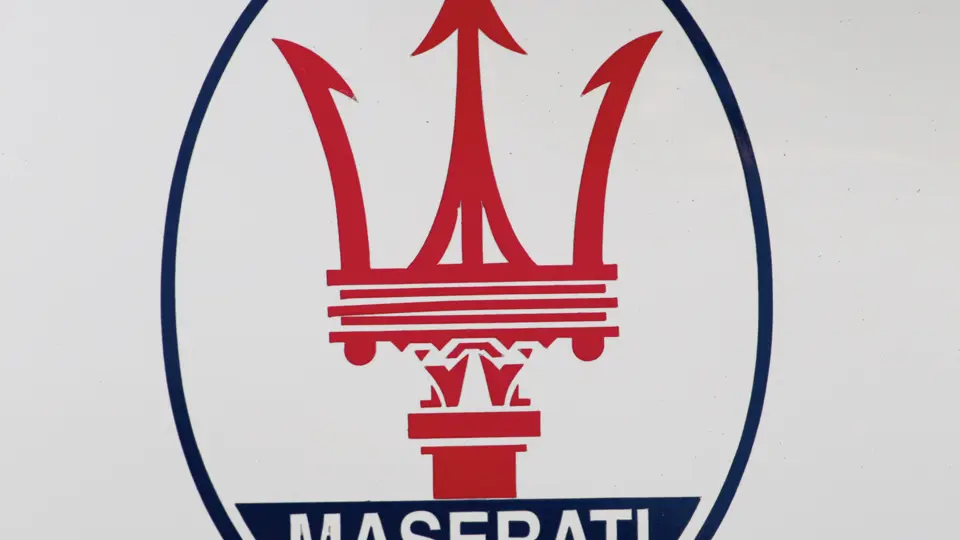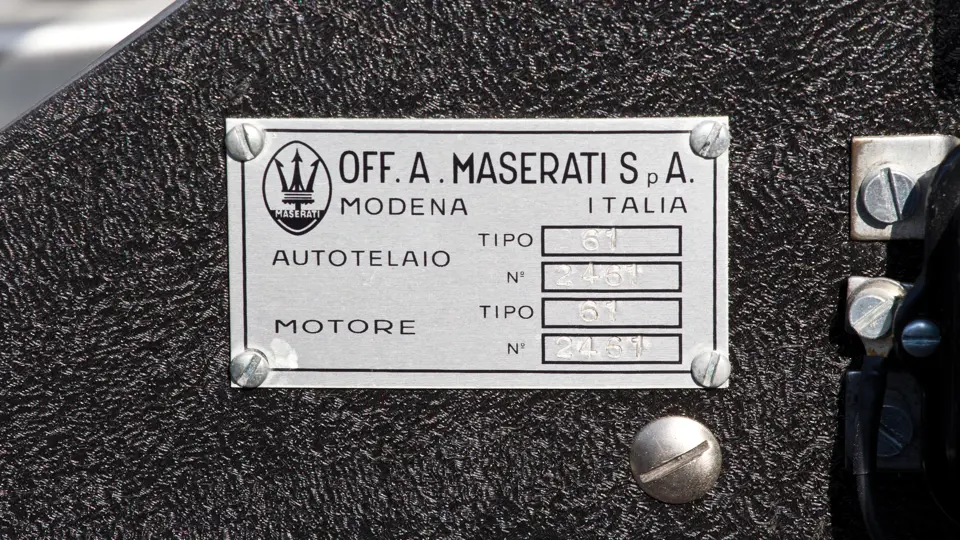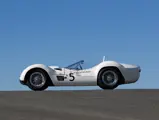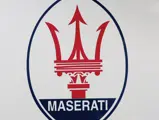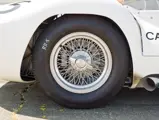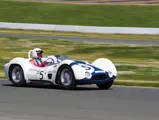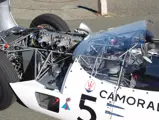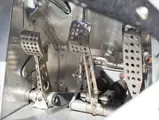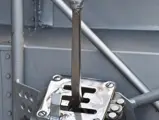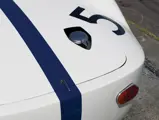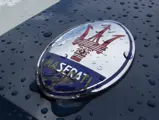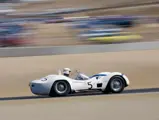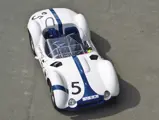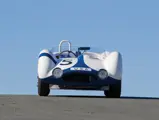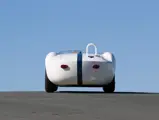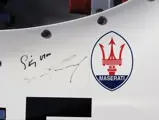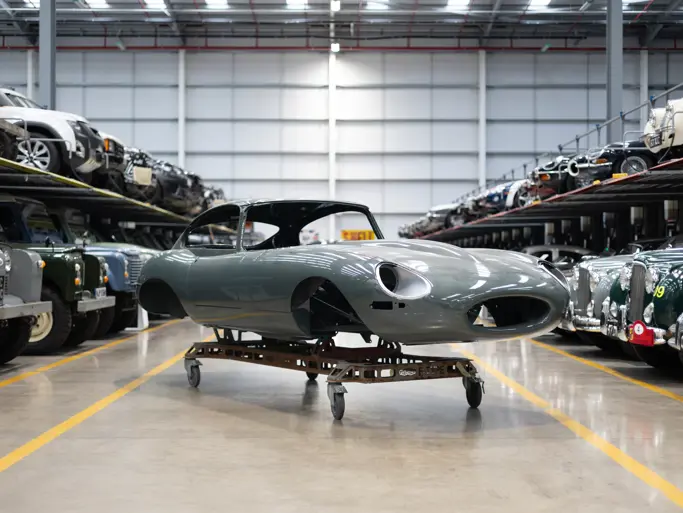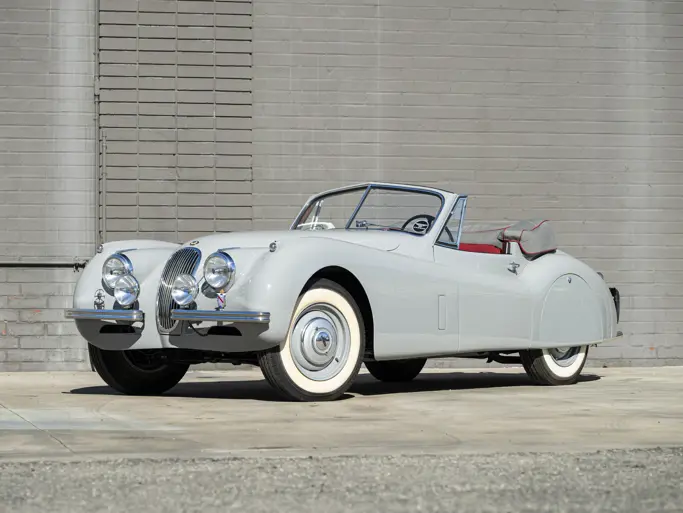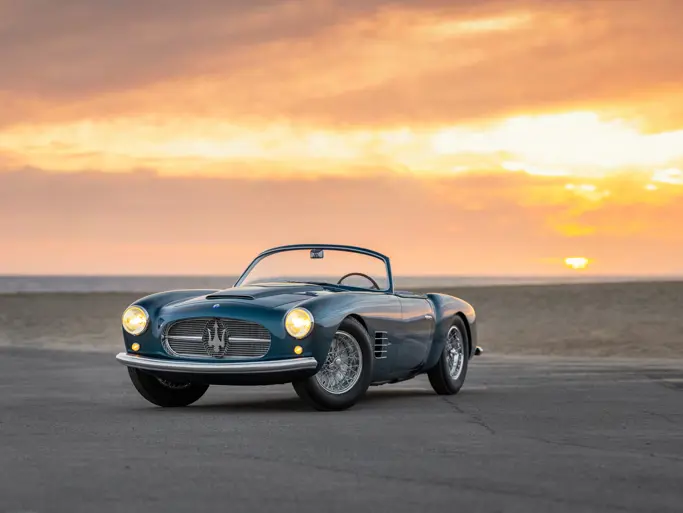
1960 Maserati Tipo 61 'Birdcage'
{{lr.item.text}}
$2,090,000 USD | Sold
{{bidding.lot.reserveStatusFormatted}}
- The most celebrated competition record of any Birdcage Maserati
- Campaigned by the factory-supported Camoradi team
- Winner of the 1960 Nürburgring 1000 km (Moss/Gurney)
- A 1960 24 Hours of Le Mans entrant
- A 2006 restoration by Reilly & Company
- Proven vintage racing podium contender; eligible for all FIA events
- Continuous history, with known ownership from new
250 bhp, 2,890 cc dual overhead-camshaft inline four-cylinder engine with twin Weber 48 DCO/A3 carburetors, five-speed manual transaxle, independent front suspension with coil springs, de Dion rear axle with transverse leaf springs, four-wheel hydraulic disc brakes, and a tubular trellis frame. Wheelbase: 86.6 in. (2,200 mm)
By the late 1950s, the bulk of Maserati’s impressive racing history lay behind it, as the manufacturer struggled to reconcile the expense of competition development with profitability. Yet, despite withdrawing from factory-sponsored motorsports in 1957, one last hurrah remained on the horizon for the Modena automaker, a fitting exclamation point to its stellar competition pedigree.
Beset by the cost of engineering a brand-new engine, or building expensive V-12-based cars in any number, Maserati continued developing the sturdy two-liter inline four-cylinder unit from the 200S sports racer. This motor was not prohibitively costly to manufacture, and it would allow them to create a new sports car for privateers. Maserati engineer Giulio Alfieri designed an innovative new chassis, employing a lattice frame of small-diameter tubing, which ensured rigidity with minimal weight (an astonishingly nominal 66 pounds). Though designated initially as the Type 60, the novel chassis was nicknamed the “Birdcage,” for the obvious resemblance, and the evocative moniker has resonated ever since. Alfieri mounted voluptuous factory bodywork over the cutting-edge space frame, and, with the engine canted at a 45-degree angle to lower height, it revolutionized the exterior appearance of sports racers of the period, proving to be highly influential in the years to come and iconic today, as it is among the last to feature the traditional front-engined configuration.
The prototype Type 60, chassis number 2451, debuted with factory sponsorship at the Coupe Delamare Debauteville on July 12, 1959, with none other than Stirling Moss at the wheel. In its very first contest, the Birdcage took 1st place overall, setting the stage for a remarkable run. Maserati soon began experimenting with a version of the engine that had a larger displacement, resulting in the three-liter Tipo 61 cars, which began delivery to customers in November 1959. At least one Tipo 60 example was eventually upgraded to Tipo 61 specification, and, as with many such race cars, the two models have essentially come to be regarded almost interchangeably, with 22 total examples collectively produced between 1959 and early 1961.
Chassis 2461 was the 11th Birdcage example produced, and it is believed to be the first Type 61 equipped with the larger 14-inch front brake discs. Of particular significance underpinning the model’s competition record is its original ownership by one of the central figures in the Birdcage legend, Lloyd “Lucky” Casner. As a dashing pilot and car dealer based in Miami, Mr. Casner became an early proponent of the Birdcage, buying the used factory prototype (chassis number 2451) for his new racing squad, the Casner Motor Racing Division (abbreviated with Italian flair as the Camoradi team). Entered at the Nassau Speed Week in early December 1959, and driven by Carroll Shelby, 2451 retired early, but Gaston Andrey’s strong performance in s/n 2455 sufficiently impressed Casner to order three more cars, chassis numbers 2458, 2461, and 2464.
Of these three examples, 2461 proved to be the most effective, spearheading Casner’s win at the first of the two major Sports Car Championship races, which would establish the Birdcage’s credentials for a generation of competitors. Delivered on March 20, 1960, chassis 2461 was to debut for the Camoradi team at the 12 Hours of Sebring, but, unfortunately, driver Jim Rathmann blew the engine during practice before the race. Fortuitously, the motor was replaced in time for the Nürburgring 1000 km on May 22, 1960.
Driven by Stirling Moss and Dan Gurney, two of motorsports’ true legends, 2461 led one of the most dramatic comebacks in racing history after a broken oil pipe prompted a five-minute pit stop during lap 20. Having relinquished the lead, the Birdcage reentered the race in 4th place, with Gurney facing thick mist and drizzle. At one stage, the visibility was so poor that spectators had difficulty seeing across the track. In a dazzling and epic performance, which included overcoming cracked goggles that were smashed by a flying stone, Gurney heroically regained 30 seconds per lap and took the lead by the time he next pitted, firmly establishing him into the top rank of sports car racers. Moss was then able to maintain 1st place after resuming driving duties, propelling 2461 to its initial major victory, and one of two that would indelibly connect Lucky Casner to the success of the Birdcage Maserati. The triumph was celebrated with the feature appearance of 2461 on the cover of the May 27, 1960, issue of Autosport magazine.
Next, 2461 was one of three Birdcages entered at the 1960 24 Hours of Le Mans, and one of at least two that featured a longer, modified tail, intended to improve aerodynamics at speed. All three cars were forced to retire early with mechanical issues. Chassis 2461 experienced one more race of note with the Camoradi team, placing 2nd overall at the Swedish Grand Prix on August 7, 1960, driven by Joakim Bonnier. Soon afterwards, the car was sold from the Camoradi stable to an American privateer.
Interestingly enough, Lucky Casner went on to win the Nürburgring 1000 km again in 1961, this time piloting chassis 2472 (the final Birdcage, which had, by then, been rebodied by Drogo) with Masten Gregory. This second Nürburgring victory cemented the Birdcage’s status as a Sports Car Championship contender of note. Sadly, Casner, for all his glory under the badge of the Trident, died tragically in a crash while driving a Maserati Tipo 151 during the 1965 Le Mans test weekend.
In September 1960, chassis 2461, along with 2464, was purchased from Camoradi by Alan Connell, of Fort Worth, Texas, who was the 1959 champion of the SCCA’s Modified Sports Car Class. Mr. Connell entered 2461 in no fewer than five different races over the next four months, placing 1st overall at the USAC Consolation Race at Riverside (part of the Times Grand Prix) on October 16 and 5th overall at the SCCA event at Daytona on November 13.
Following the end of the 1960 season, to remain competitive, Mr. Connell’s mechanic, John Miller, installed a Ferrari 250 TR V-12 engine (sourced from Ferrari chassis number 0724TR). This measure was not an altogether unusual step for a Birdcage at the time, as several owners were installing V-8s of various types. Strong results followed, with a 1st overall finish at Mansfield, Louisiana, on September 4, 1961, and another checkered flag at the Muskogee, Oklahoma, Grand Prix on October 29. Sometime in 1962, Mr. Connell sold 2461 to a fellow Texan, Richard McGuire, who continued to race the car through 1965, after which it was exhibited for a period of time at the Texas Speed Museum.
By the early 1970s, the Birdcage has been acquired by the Honorable Patrick Lindsay, of the United Kingdom. Mr. Lindsay treated the car to a much-needed restoration after the vigorous campaigns of Mr. Connell, installing a replacement Tipo 61engine rebuilt from a block by Steve Hart with an original cylinder head and ancillaries, including the water pump and oil pump, as well as period-correct Weber carburetors that are stamped sequentially with very low numbers.
A renowned aviator who piloted his own Spitfire fighter plane, Mr. Lindsay frequently raced the Birdcage in various British events, until an accident at Silverstone in 1972 sidelined the car with damage to the chassis and front bodywork. A new chassis by Frank Coltman was commissioned, which started the endeavor to salvage as much of the original componentry as possible, including the front and rear de Dion suspension, the supporting frame uprights (exhibiting the welded 2461 chassis tag), the cowl, the steering box, the brakes, the prop shaft housing, and the transaxle components. Unassembled, the project was assumed by well-known American collector Dieter Holtersbosch, who properly finished the rebuild, including the bodywork, and restored the original short tail design from its Nürburgring triumph.
The Birdcage is accompanied by its FIA Historic Vehicle Identification Form from 1989, attesting without equivocation to the correct specification of all major elements, including the chassis, suspension, engine, and body configuration.
In 1986, chassis 2461 was purchased by Hartmut Ibing, of Germany. Joining a high-level collection, this perfectionist owner re-restored the car to a high standard. In this faithful presentation, the car was loaned for display at the Nürburgring’s Rennsport Museum for a period, and occasionally, it was raced at historic events. For the 1995 competition season, the car was driven by Peter Hannen, at the conclusion of which he was crowned the winner of the Historic European Championship in Spain. In 1999, the Birdcage was sold to Phillippe Marcq, of Belgium, who continued to campaign the car over the next few years in events such as the Shell Ferrari-Maserati Historic Challenge at Le Mans, the Ferrari Days at Spa, and the Goodwood Revival and Festival of Speed.
In 2005, this historically significant Birdcage was acquired by the consignor, who soon retained respected restorers of vintage sports cars Phil Reilly and Ivan Zaremba, of Reilly & Company in Corte Madera, California, to recondition 2461 from the ground up. All frame and chassis parts were comprehensively inspected and renovated as necessary. The engine was disassembled and rebuilt with new rods, pistons, valves, and valve train. The de Dion rear suspension was re-aligned, and the transaxle, brakes, and suspension were properly rebuilt to contemporary high standards of race preparation. The bodywork was evaluated and massaged as needed, with an exceptional bare-metal repaint and graphics, duplicating its Nürburgring-winning livery.
In August 2006, the freshly restored 2461 debuted at the Monterey Historic races, receiving the Rolex Award for Presentation and Performance. The following July, the car was presented at the Vanderbilt Concours d’Elegance in Newport, Rhode Island, where it contributed to an official celebration of the accomplishments of Dan Gurney and Sir Stirling Moss. Winning First in Class and the Founder’s Award, the Birdcage was autographed by its two most legendary drivers, adding a special degree of provenance and authenticity to its impressive racing history. Chassis 2461 has run consecutively each year since at the Monterey Historics, with one exception, when it was invited for display there on the occasion of their Dan Gurney tribute, where the crowd was treated to exhibition laps with IndyCar sensation Dario Franchitti behind the wheel. In 2012, chassis 2461 once again received the Rolex Award for Excellence at the Monterey Motorsports Reunion, also finishing 2nd overall against a full field of stiff competition.
Featured on the cover of several notable automotive magazines, including Vintage Motorsport and Vintage Racecar, as well as appearing in Automobile Quarterly, 2461 is celebrated as one of the most important Birdcages in existence, with the most distinguished competition record of all. An original Tipo 61 engine block (damaged) accompanies the sale, as well as an option to acquire an impressively detailed, large-scale model of the innovative birdcage frame of 2461. (Please see an RM specialist for details.)
Still exhibiting the many qualities of the painstaking Reilly & Company restoration, 2461 would make a fantastic entrant for ongoing vintage competition, as it is a well-known veteran of such prestigious circuits as Laguna Seca and Goodwood. Indeed, the car has been track-tested as recently as April 2013. As an immaculate specimen of one of the most significant Birdcages ever constructed, 2461 is equally important as a historical piece, worthy of display at the finest international concours or museum exhibits. It remains, without exaggeration, a true benchmark of 1960s sports racers and an essential exemplar of the Maserati legend.




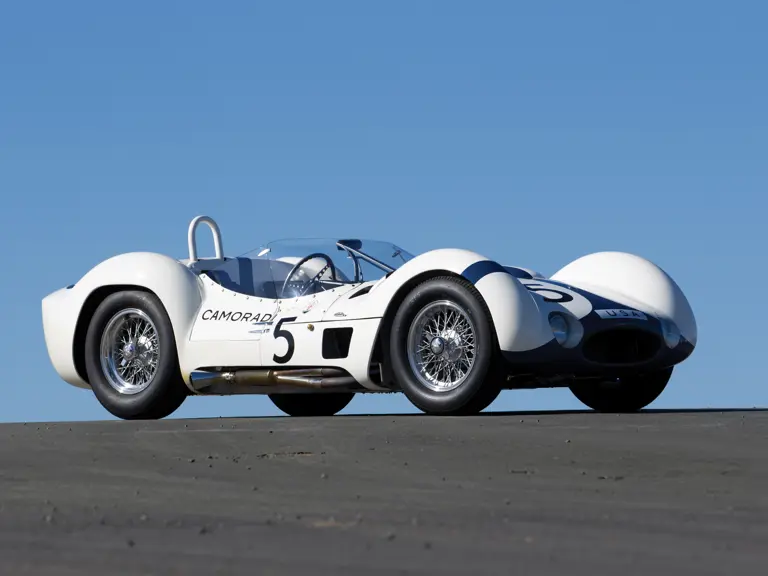
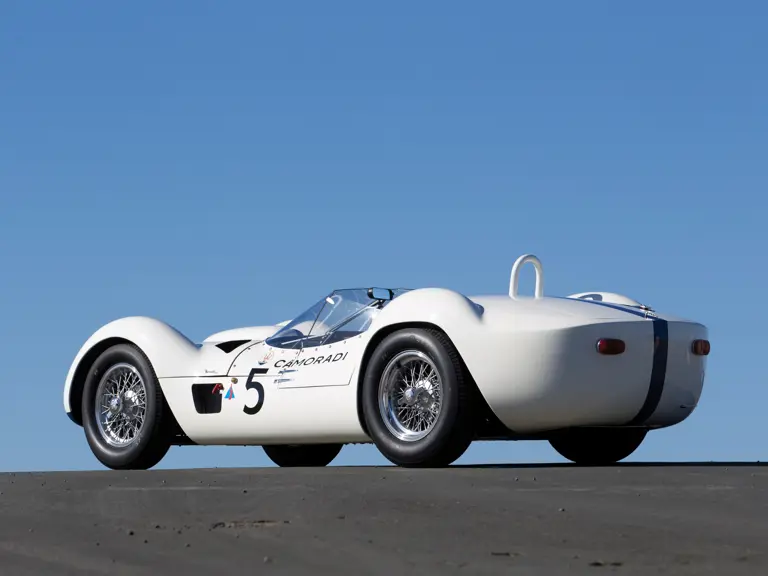


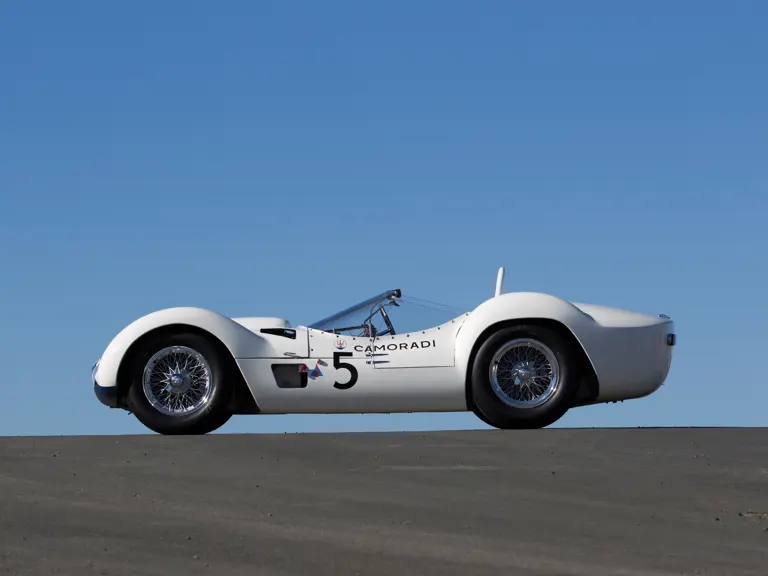
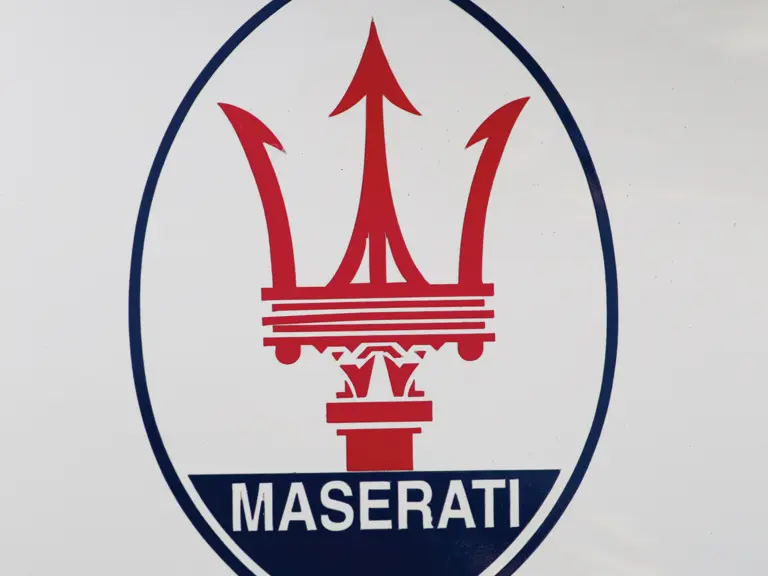
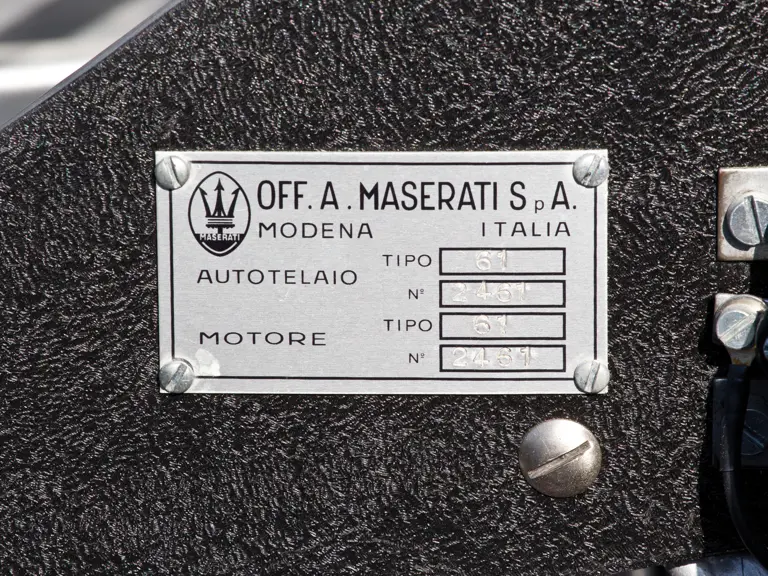
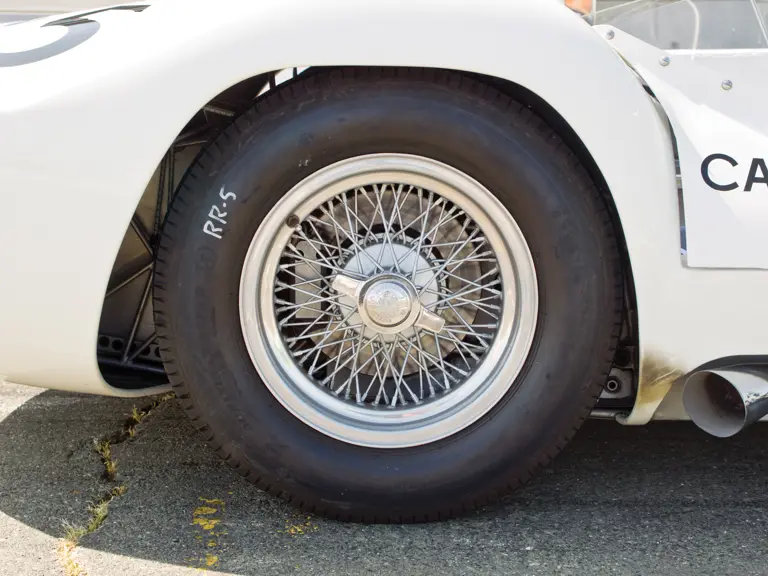

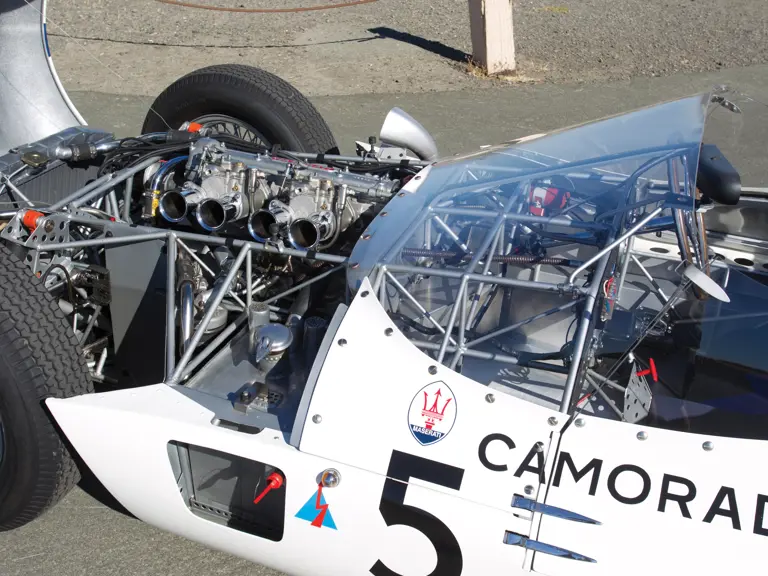
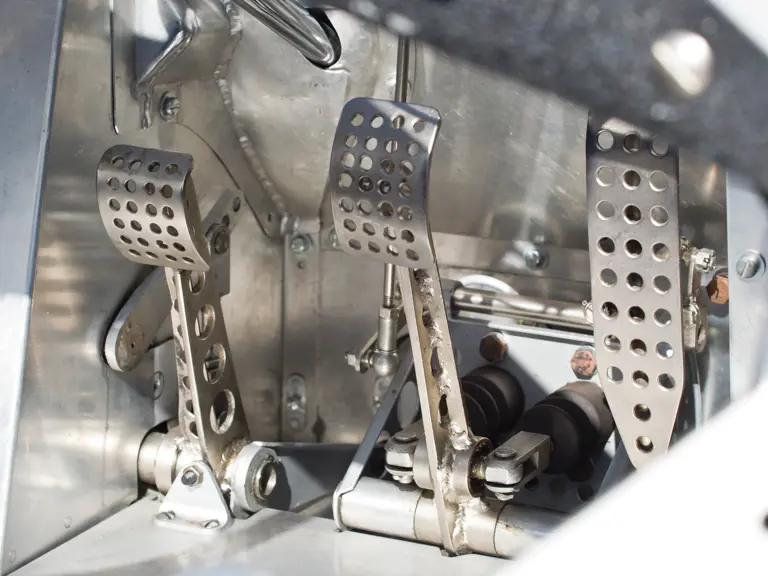

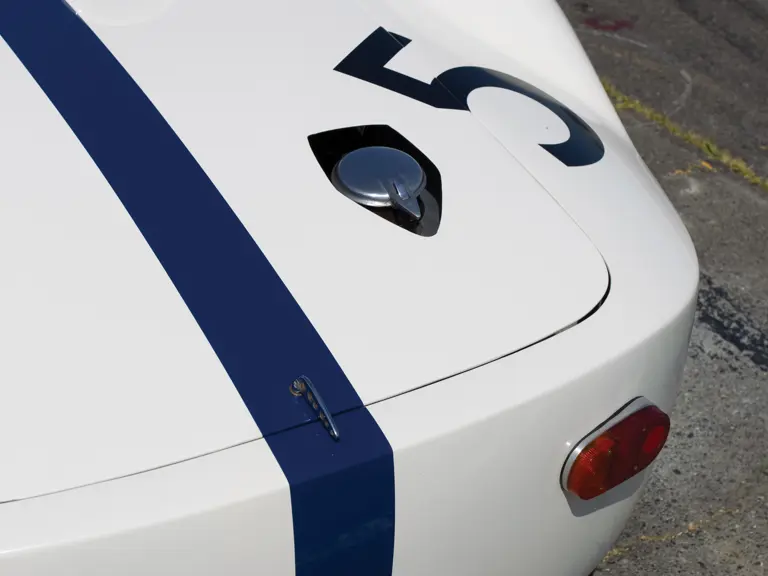
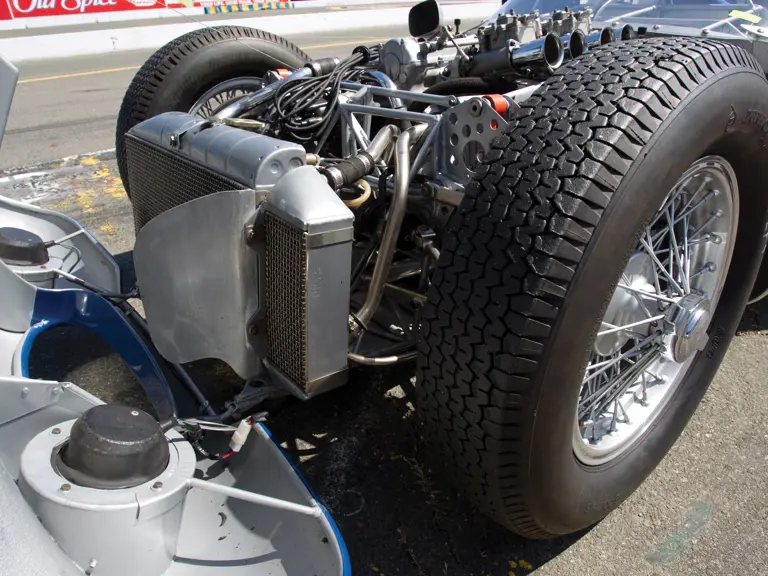
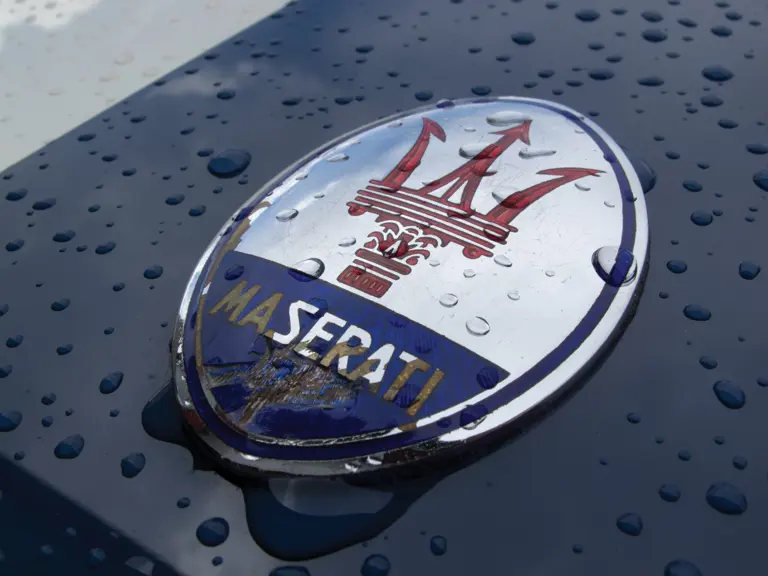
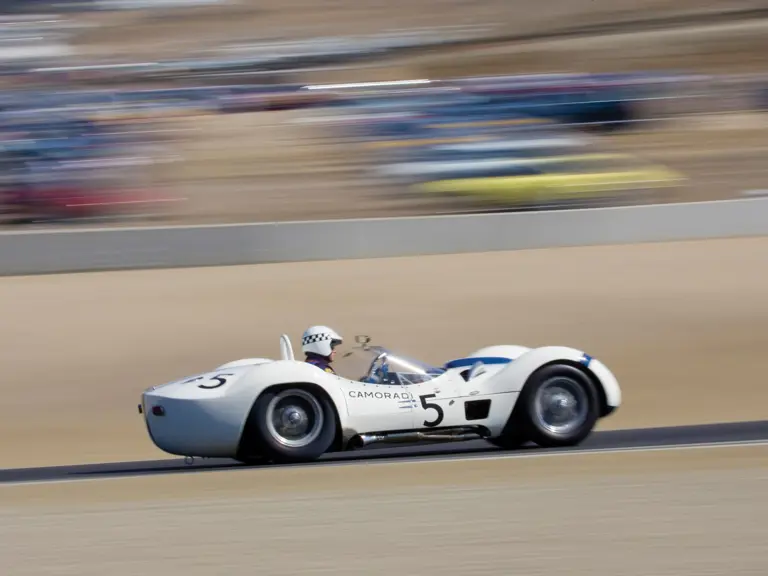
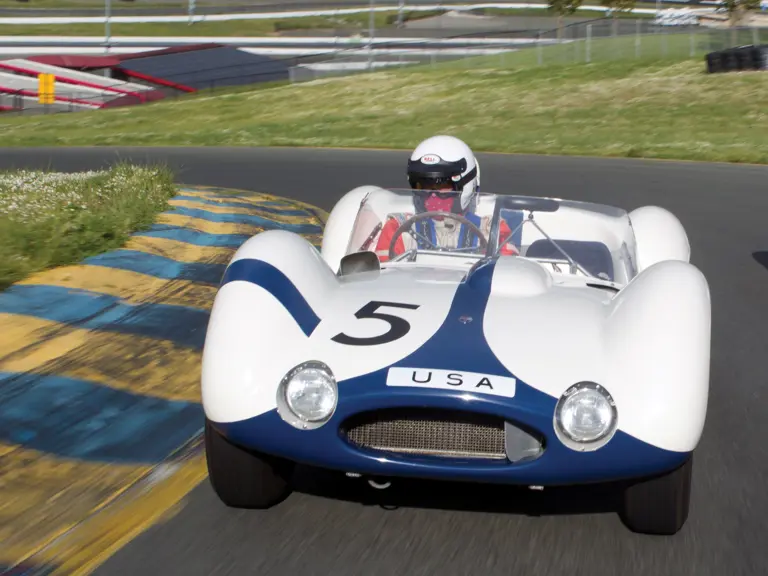
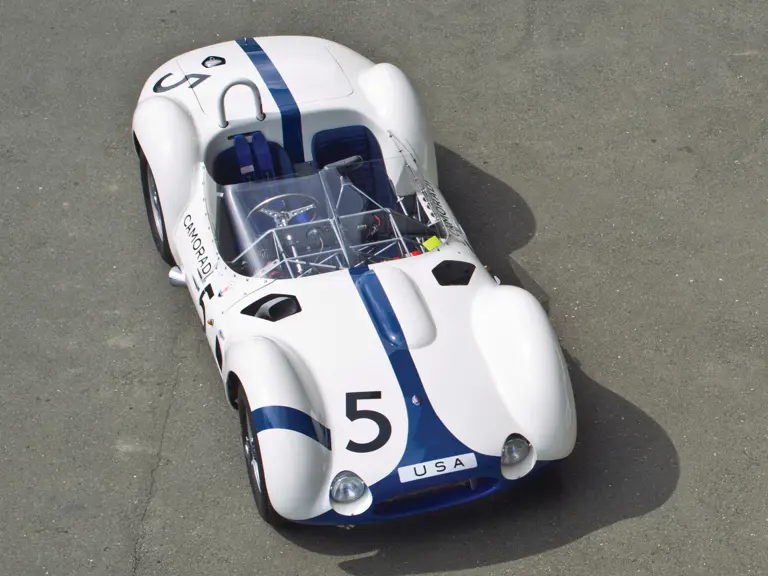
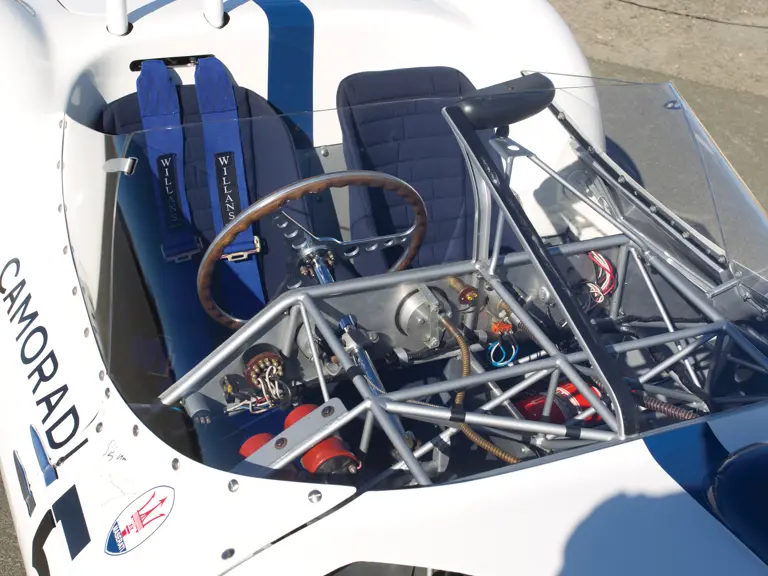
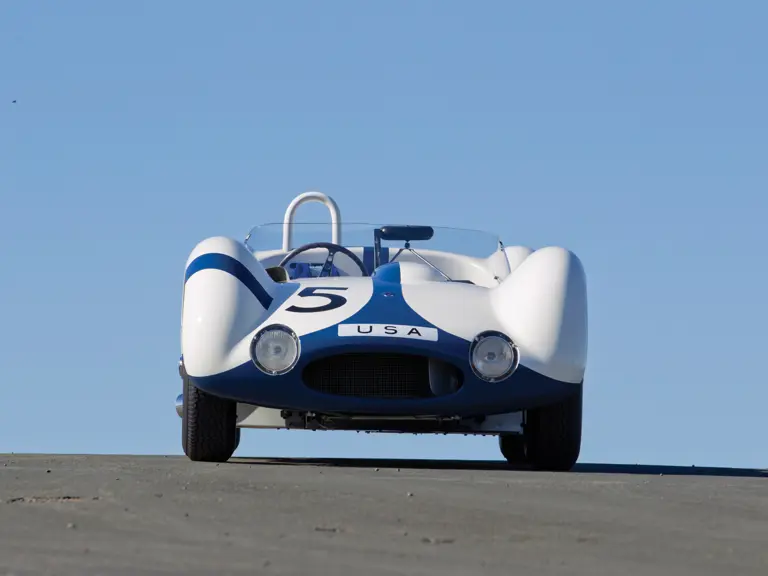

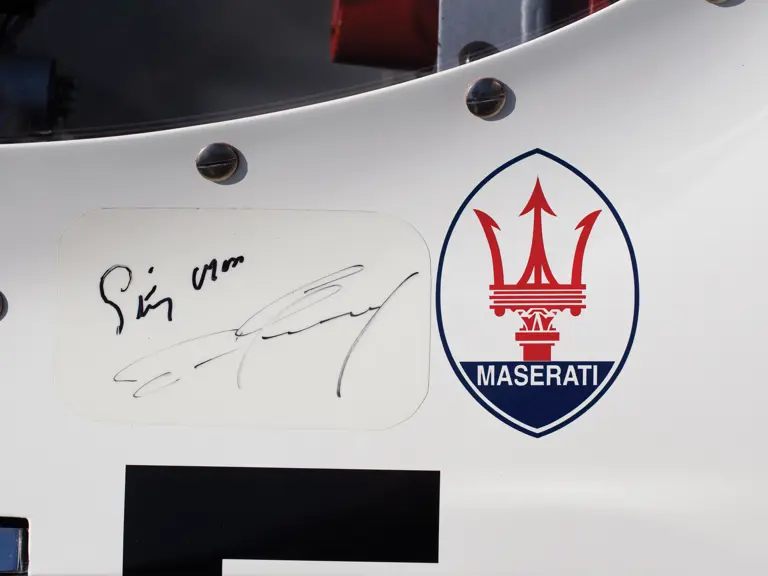
 | Monterey, California
| Monterey, California
